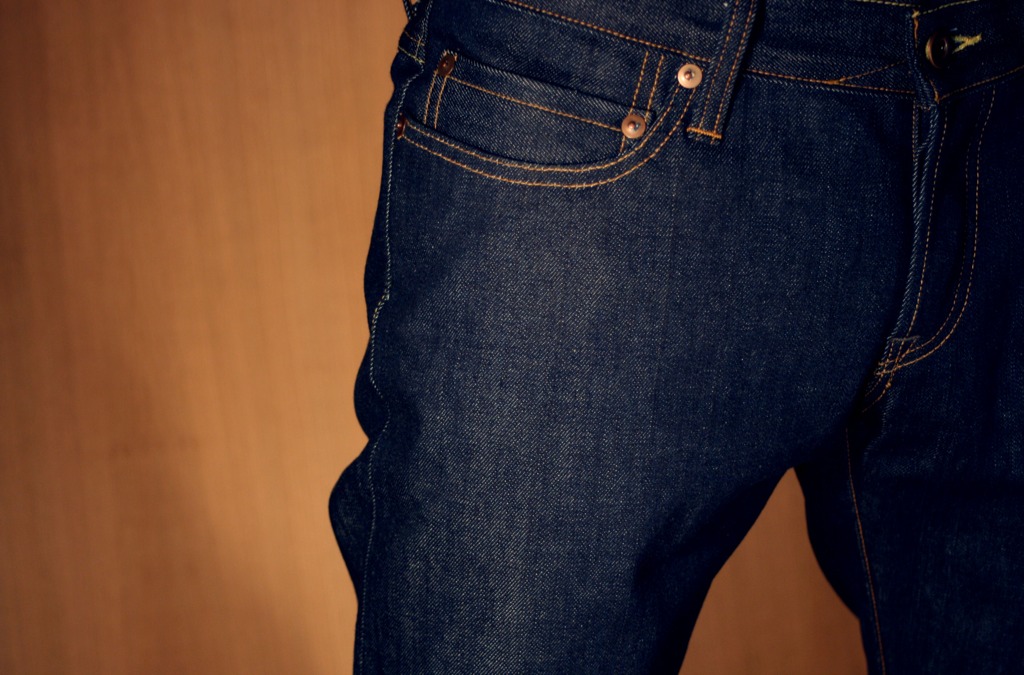
Safe to say that the end of last year was probably not the ideal time to introduce a premium denim collection, but for the guys behind Tellason — a new San Francisco based men’s denim collection — it was “economy be damned” as they set forward on their mission to make their mark on a wardrobe staple, quality jeans.
Established in 2008 and shipping its first product in 2009, Tellason has already gained a loyal following among some of the best specialty shops in America. The strong stocklist makes sense when you consider the specifics. The first limited run of jeans (some 240 pairs; priced at $198) and made of Cone selvage denim from North Carolina with a leather patch from Portland’s Tanner Goods and all sewn in San Francisco with a strong attention to detail and make. Tellason’s Tony Patella took a few minutes to sit down and chat about the new collection.
ACL: How did you guys get your start in the denim trade?
Tony Patella: In 1993 I opened a boutique in San Francisco and became friends with a local denim veteran, Cliff Abbey. In the ’70s he had a line called Sticky Fingers, which was one of the first “fashion/designer” denim brands — at that time the market was dominated by Levi’s, Wrangler, Britannia and Lee. When I met him in 1993, he was operating a premium denim brand named Claudio Agnelli, which he sold to Nordstrom, Neiman Marcus and better denim boutiques across the U.S. He was just in the process of launching a new brand, Sutter’s, aimed at the young men’s and junior’s market. I eventually became a partner in the company and together we built Sutter’s into a well-respected player in the category. We sold the product to Delias, Pacific Sunwear, Urban Outfitters and the best denim shops across the country. We had a great eight-year run and then the ubiquity of private label made playing in the medium price point impossible. I also worked in men’s denim product development and production at Gap in San Francisco for a “cup of coffee.”
ACL: Where does the name Tellason come?
TP: It is a combination of my last name and my business partner’s last name, which ends in “son.” We wanted a name that had a story behind it, that had an old workwear feel to it and that did not involve the words “indigo” or “blue.”
ACL: You are friends with the font cartel that is House Industries, did they design your logo?
TP: Yes. Having taken a true artisanal approach to everything we’ve put into it, the badging is often the most important, so what better crew to give our brand an impactful logo hug than those heavyweights of font design?
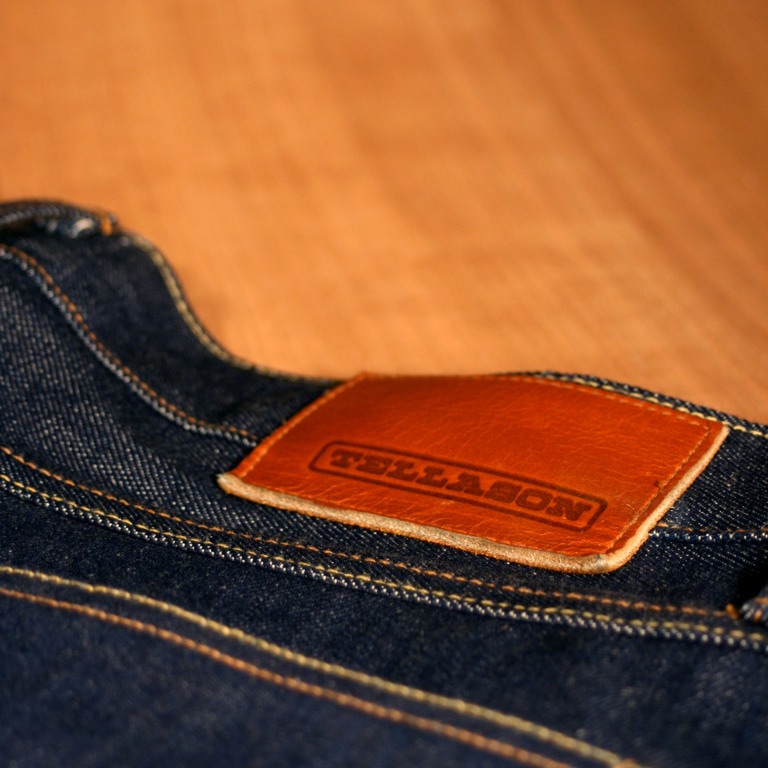
ACL: Out of curiosity, what makes someone launch a new denim line when there is so much out there? What makes Tellason jeans different or better than what is out there?
TP: Certainly, the world does not need another denim brand. That being said, the world does need another denim brand (or a brand in any category for that matter) that is passionate about quality of product and integrity of distribution. As the economy “thins the retail herd,” there will be a greater divide between the boutique shopper and the department store shopper, and consequently between the brands that cater to boutiques and those that cater to department stores. We have decided to remain faithful to the boutique owners and shoppers by not going after department store distribution. Boutique owners are tired of taking risks on new brands, developing them and then two years later finding them on a rounder in a mall. Regarding our product, the characteristics that make our jeans better and unique when compared to most other brands is our attention to detail and quality — the fabric, the thread color, the sewing, the hardware,dr dre beats headphone, the fit — all of these details matter, but it I’m constantly amazed at how many so-called “premium” brands fail to pay attention to each of those characteristics. A consumer, for whatever reason, may not like our jeans, but there is no way they can criticize the fabric and sewing. As a brand, that’s all you can do. We’re really into authenticity every step of the way. The time has come for artisanal producers to take back the term “premium” from the fakers that are making pants out of denim fabric and not remaining true to the heritage of blue jeans.
ACL: The first batch of jeans was limited to 240 pairs making the run fairly limited edition. Is this something that will continue each season or will you open things up with the next group?
TP: We will keep it at that level for a while. In fact, we are working on a couple of smaller projects with a couple of our retailers. We are creating special runs as small as 24 pair in which the retailer picks the thread color and we co-brand the pocket bag screen print. It’s a great way to build loyalty for the brand and the shop with their customers. For these projects, we’re seeking out really unique fabrics that can age beautifully when worn raw.
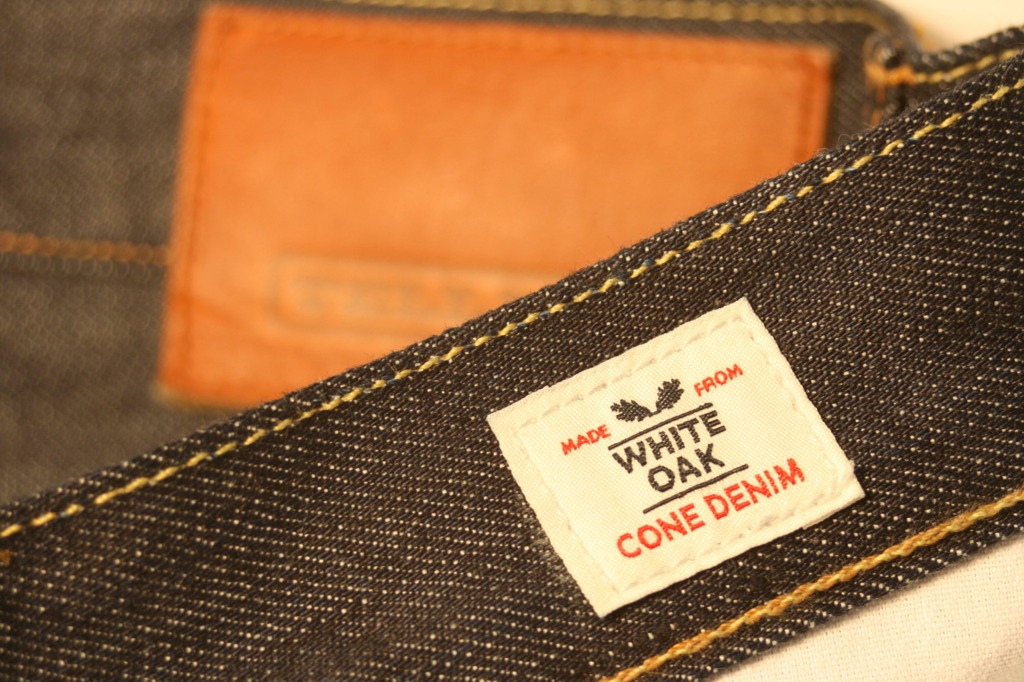
ACL: Tellason is based in San Francisco, which is also where you make the jeans. Is there a lot of denim manufacturing still taking place there? Was it more difficult or easier to produce domestically?
TP: In the ’80s and early ’90s there was a pretty good amount of denim manufacturing going on in San Francisco, even with the high costs associated with such a labor-intensive business. Levi Strauss had an old factory on Valencia Street in the Mission district that produced some of their premium product (now it’s a school). There are still a couple of sewing factories in the city, but they have had to change their business model to reflect their high costs of operation — they mainly make smaller runs of higher quality products for which they can charge higher prices. I still see a lot of really nice product rolling through their sewing lines. There are no denim finishing facilities in the Bay Area, so most of the denim being produced in California takes place in the Los Angeles area. Because of the fact that Levi Strauss and Gap are headquartered in San Francisco, we do have offices of all the major players in the fabric and hardware world here, which helps. We have a great relationship with Cone Mills’ San Francisco office. We used a selvage fabric made at their White Oak plant in Greensboro, NC for our 240 pair run. I’m a big fan of their fabrics — they have a really high level of consistency of quality. I’d say for a run as micro as ours, domestic production was much easier than making the product off-shore. With the proper level of supervision, quality jeans can be made elsewhere (for example, Mexico for the U.S. market), but for a project like ours, where we really wanted to be hands-on regarding the sewing details, making it in our hometown was a pleasure.
Update: Tellason is available at Steven Alan in NY and LA, Smith + Butler in Brooklyn and Blackbird in Seattle for $198.
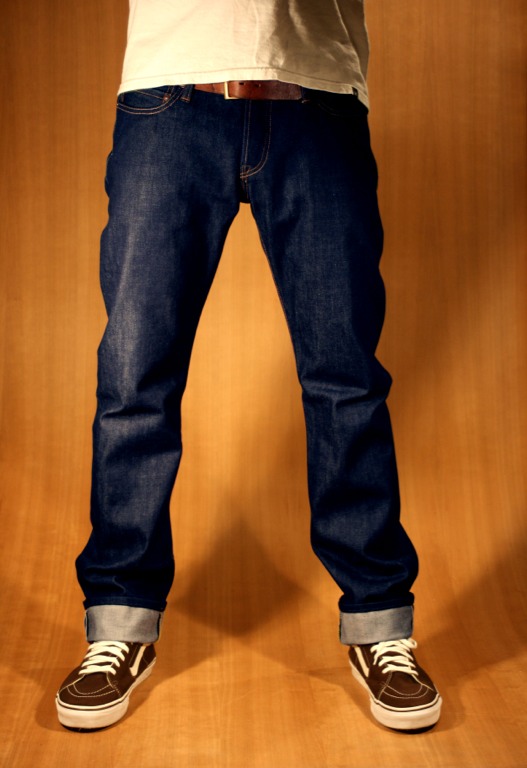
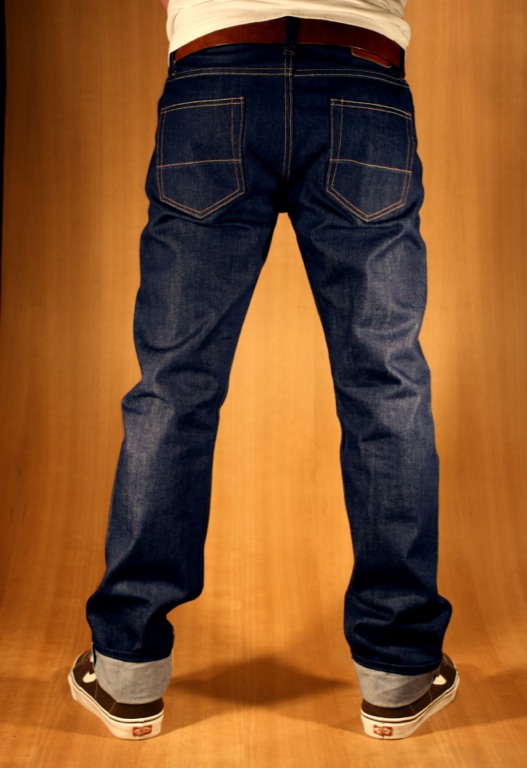
没有评论:
发表评论